Editor’s note: This is the first in a new series called Dispatches from Abroad, highlighting the stories of UChicago community members who are researching, studying and working around the world.
Pursuing the answers to interesting research questions often takes members of the University of Chicago community to fascinating corners of the world.
This summer, some UChicago faculty and students enjoyed experiences out in the field—from examining ancient archaeological sites to doing research on Arctic glaciers to studying languages in Mexico and Greenland. Learn about their travels and research in the dispatches below.
Excavating ancient sites in Israel
This summer Samantha Suppes returned to Tell Keisan, an archaeological site co-directed by UChicago and ISAC Prof. David Schloen near Haifa, Israel.
“It's what we call a “tell” site, which is an artificial mound that is built up over time as people have occupied the site again and again,” said Suppes, a Ph.D. student who goes by The Wandering Archaeologist on YouTube. “Our research questions revolve around understanding who lived here, what kinds of industries they were involved with and what their culture was like based on the remains that we find.”
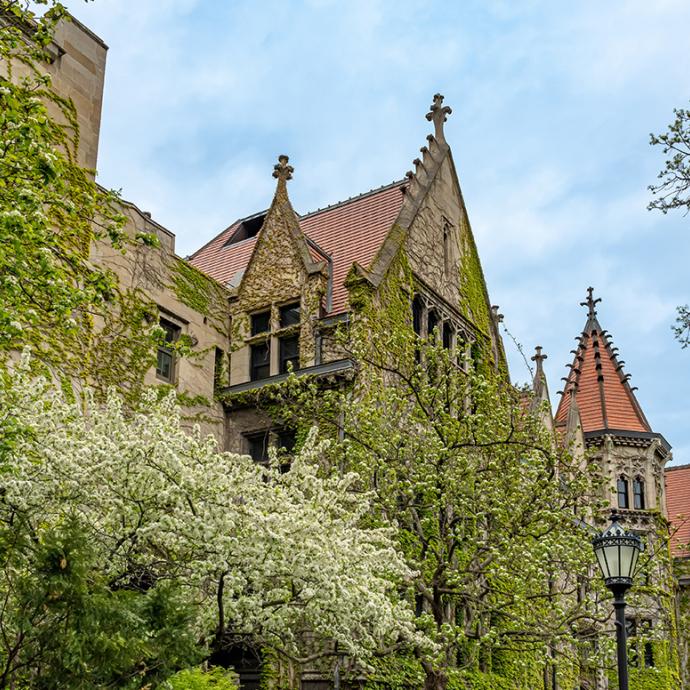


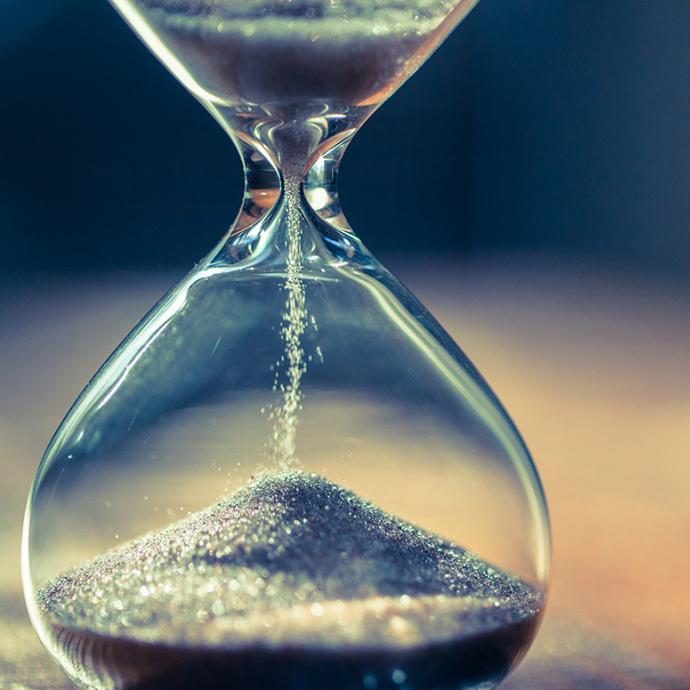
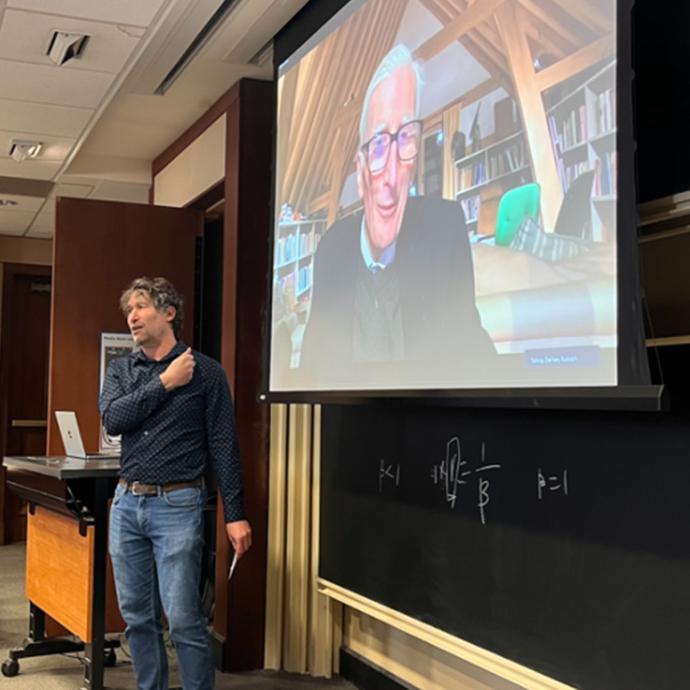
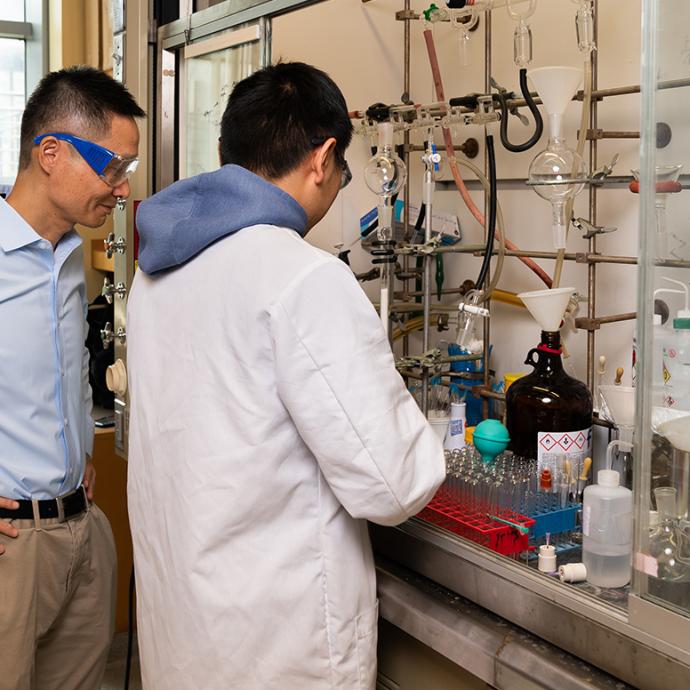

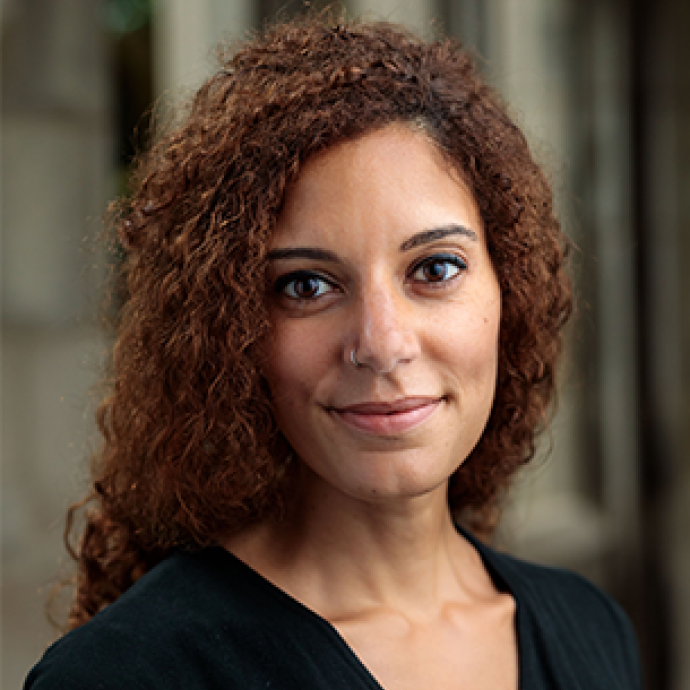




 —Prof. Chuan He
—Prof. Chuan He
